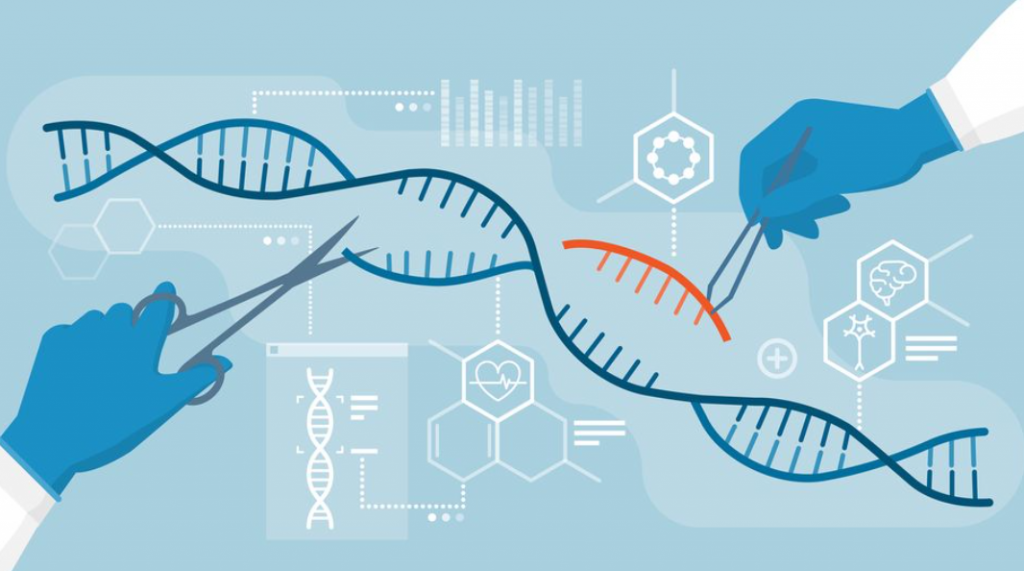Films like the Six Million Dollar Man (1973) and Robocop (1987) explore the possibility of replacing body parts. Now, nearly 50 years on, are we any closer to turning fiction into reality?

Travelling to the hospital for my first anatomy session was truly eye opening and brought back memories of watching Robocop in school. Examining cadavers, joint replacements, and implants with the smell of formaldehyde lingering in the air was something I didn’t think I would experience. As I saw what progress was being made towards what these films predicted, I left wondering how did we get here and what’s next?
A brief history:
Humans have been trying to replace body parts for a long time. Studies suggest that an Egyptian toe prosthetic from 1000BC may have been the earliest prosthetic. Following this, there is evidence of the Incans in South America having successfully performed a cranioplasty in 1000AD. We have since gone beyond making limb replacements to replacing major organs (including heart, kidney, lungs, and pancreas), functional advancements in bionic prosthetics aswell as using stem cells to “grow” new body parts.

Current advancements:
Following a lecture on sensing technology, I began to appreciate the next step in this evolution and reflected on what this means for people with disabilities, prosthetics, and even paralysed individuals. This technology is present in Elon Musk’s Neuralink implant, which uses sensors to create a brain-computer interface to restore movement and eyesight. It works by sensing signals in the brain, interpreting the users intentions and sending this information to a receivers to have its effect. Pairing this sensing technology with prosthetics will prove to be vital in making artificial body replacements functional and more lifelike. However, due to a lack of testing, there is still alot unknown about the long term effects.
But, what’s the catch?
While these advancements may improve one’s quality of life, there is the potential to create social inequality, therefore ensuring fair distribution and affordability is important. Further, the long term impacts of new technologies like Neuralink implants must be investigated due to concerns regarding nonmaleficence, autonomy and consent. Individuals must be made aware of the treatments and possible long term impacts before making decisions. As we advance, we must consider the effects of these body replacements and what it means to be human? To me, expressing ourselves through our emotions and interactions with the people around us is key. Loosing limbs and the ability to do certain things affects this, so if someone needs a prosthetic, joint replacement, implant, or another type of body replacement in order to feel like themselves, then I think they should have that opportunity. Equally, it is important question, how far is too far? Are there certain limits we shouldn’t exceed and are there any exceptions?
Final thoughts:
This is a complex topic, and we are limited in what we can achieve but advancements are continuously being made. There is a lot to consider regarding ethics, and each situation is different, but we must balance innovation with what is right. It is important to note that this is an interdisciplinary effort, with the need for engineers, lawyers and scientists and this is something I am interested in getting involved in. We have come a long way, but we still have some way to go before we see our own Robocop.

Very well written, with an excellent format and images. You’ve included interesting statistics and related it to personal ideas which…
This is a very well written blog, the format is as if you are talking directly to me. The ideas…
Love the Batman GIF :)
This is an excellent, well written blog. The narrative is engaging and easy to follow. It could be improved by…
This is a well-communicated blog. The it is written well with good use of multimedia. It could be improved with…